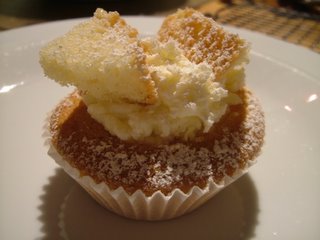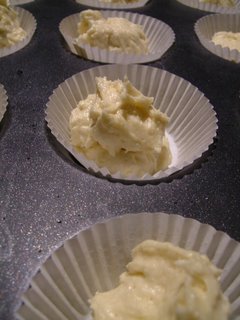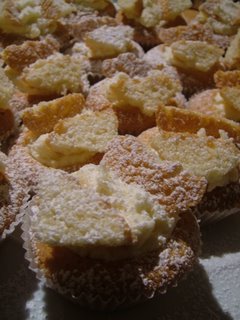UK readers might not be familiar with blondies, one of my favourite American baking recipes. Imagine a giant, tray-baked, chocolate-chip cookie, or a squashy brownie made from a sweet cookie dough instead of the regular chocolate dough. This is an easy, quick recipe, and it’ll make you a heap of blondies big enough to feed everyone in the house several times over.
I don’t buy chocolate chips or chunks for baking; instead, I use a really good bar of chocolate (Green and Black’s is excellent for cooking) and chop it up with a large knife. It only takes a couple of minutes, and doing it this way means you’ll be able to use a much higher quality chocolate in your baking than you can usually find in ready-chipped chunks.
To make 30 squares, you’ll need:
2 cups plain flour
1 heaped teaspoon baking powder
1 cup melted butter
2 cups soft light brown sugar
1 teaspoon vanilla extract
1 teaspoon almond extract
2 eggs
1 cup pecan nuts
A 150g bar of good dark chocolate, chopped into chunks with a large knife
Preheat the oven to 180° C (350° F).
Melt the butter and use a fork to mix it well with the sugar and almond and vanilla extracts, then beat in the eggs with the fork. Add the sieved flour and baking powder, blend well with the fork, then stir in the nuts and chocolate. Spread the mixture evenly into a non-stick baking dish to a depth of about a centimetre, and bake for 30 minutes, until the blondies are coming away from the sides of the dish. They will be crisp at the edges and soft in the middle.
Feel free to experiment a bit with these – use milk chocolate, a different kind of nut, more chocolate, dried fruits and whatever you feel like.
Slice into thirty pieces and serve as soon as the blondies are cool. These keep well in an airtight box, although my guess is that you’ll have eaten them all before you get a chance to test how well they keep.




